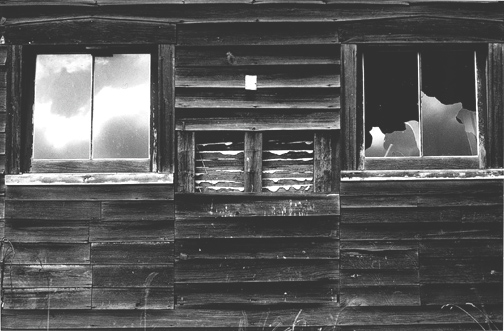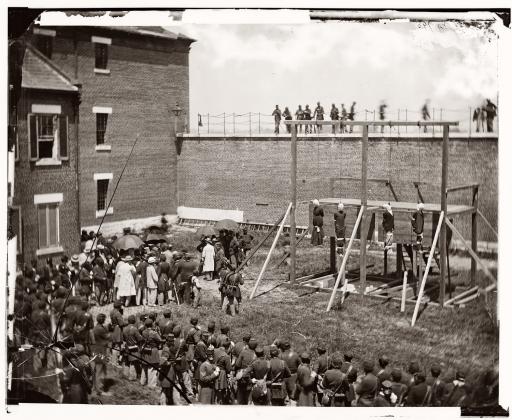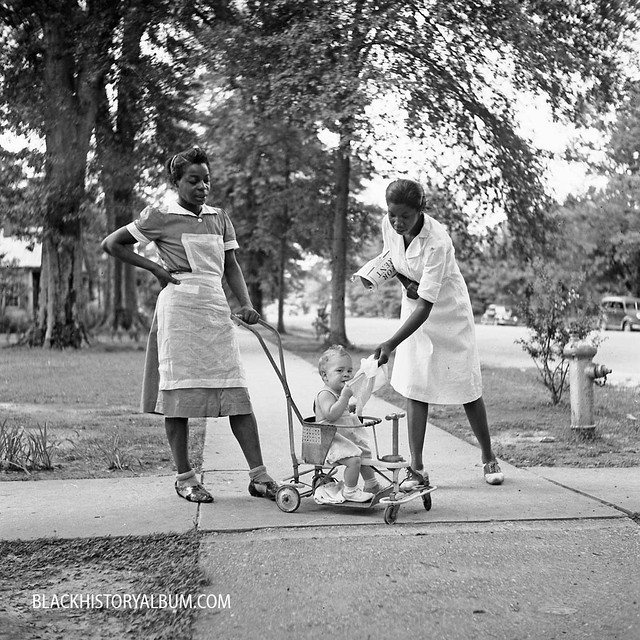“Drink Coca Cola”
Weegee
1942
Weegee was a very smart photographer, especially for what he was interested in, crime scenes. He had a police radio and would always listen in on what was going on in the community. As soon as he heard a murder happened, he would go straight to the scene of the crime and take pictures, before the police arrived, and before they started taking evidence and other photographs.
This picture makes me laugh because it is titled “drink coca cola,” so it represents what happens when you do drink coca cola, or take it. But really by the looks of his clothes and shows, he looks well taken care of or wealthy, so I am sure he’s not homeless and really didn’t die of a drug over dose, cocaine or “cola,” from the title. He may have gotten murdered from standing there or walking by, so he’s just trying to tell us that it was drugs, when it may have not been.
















.jpg)










